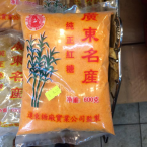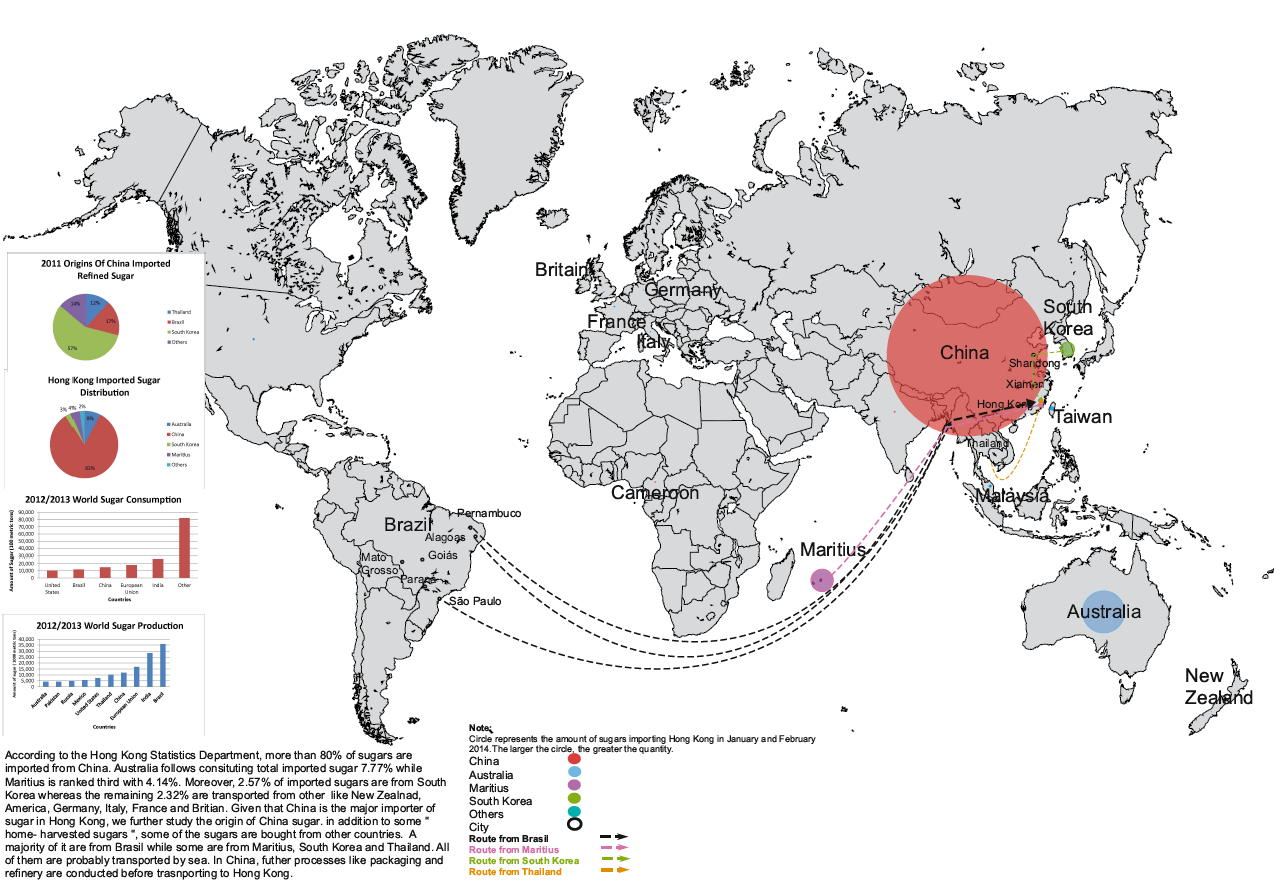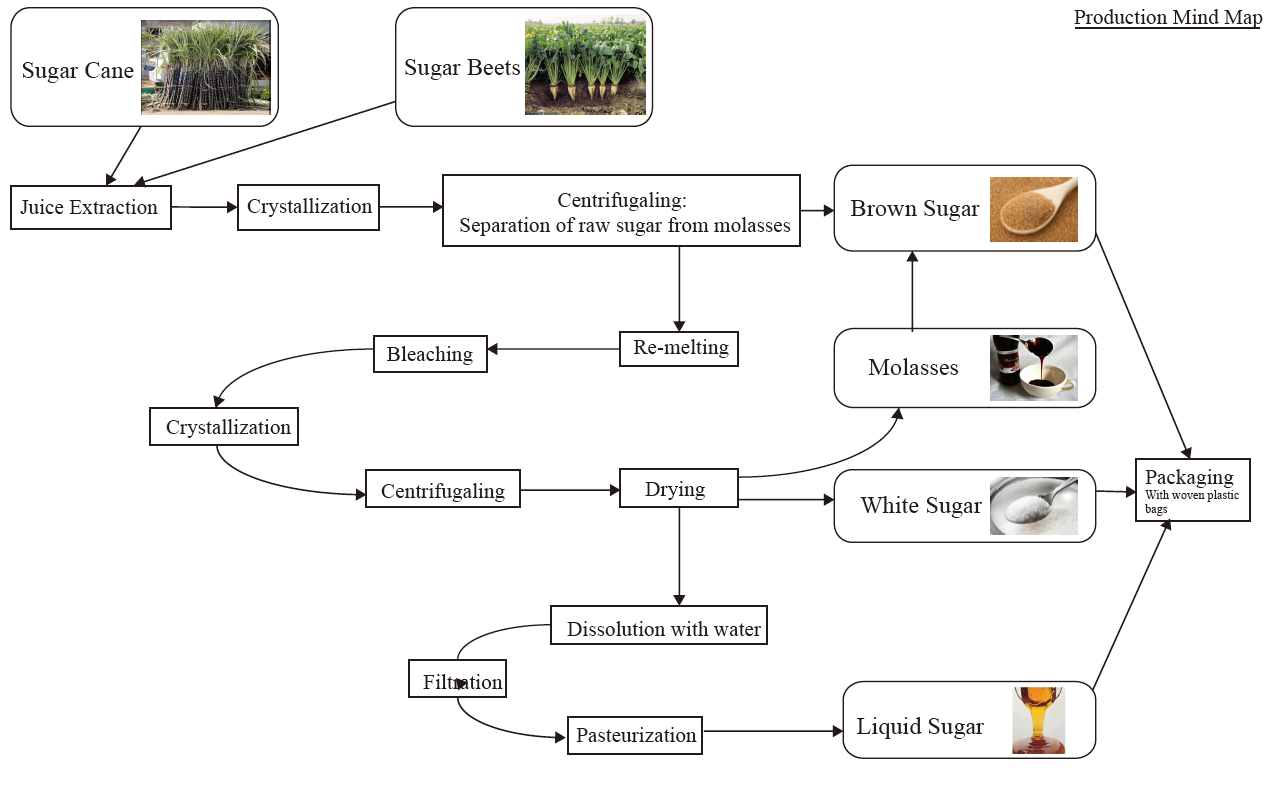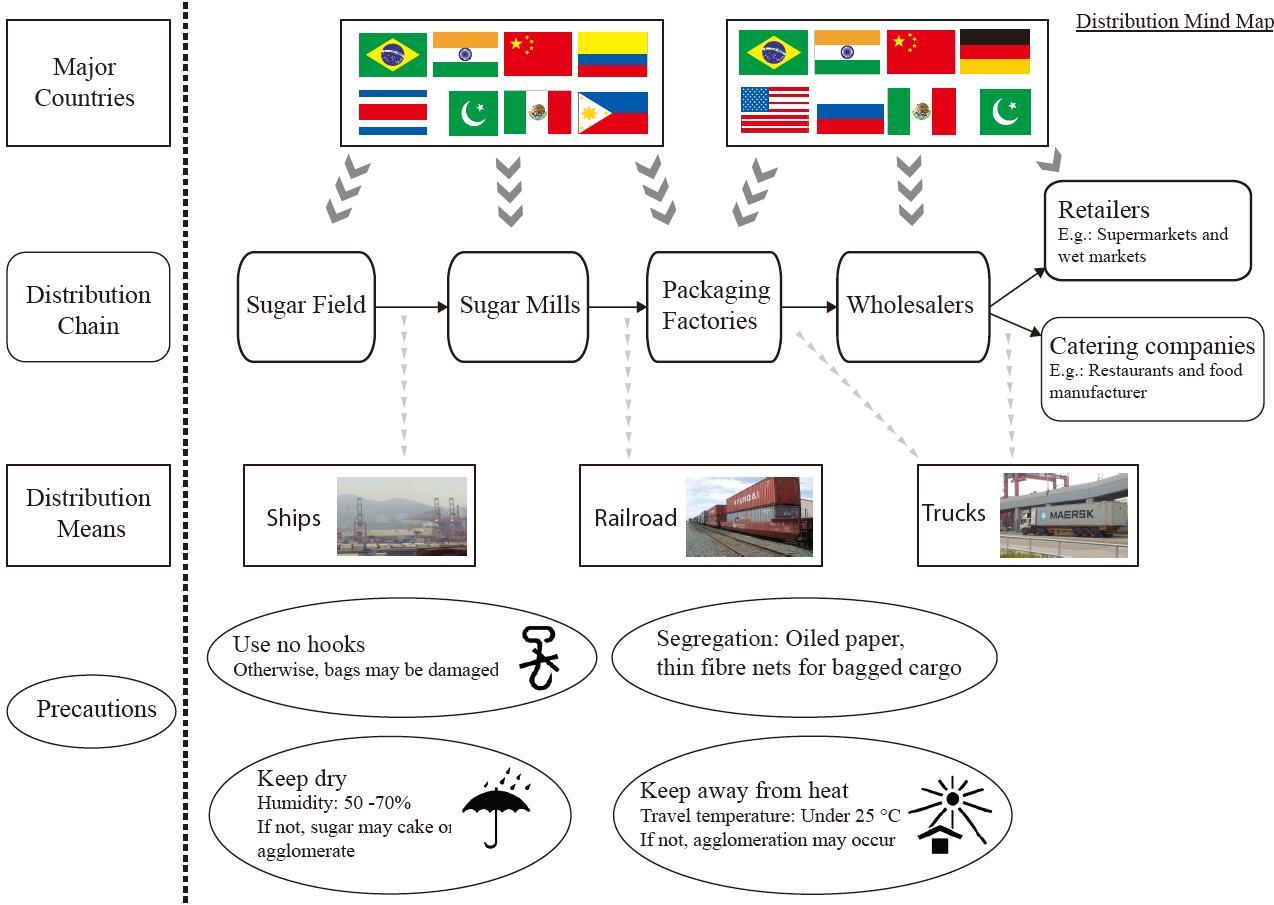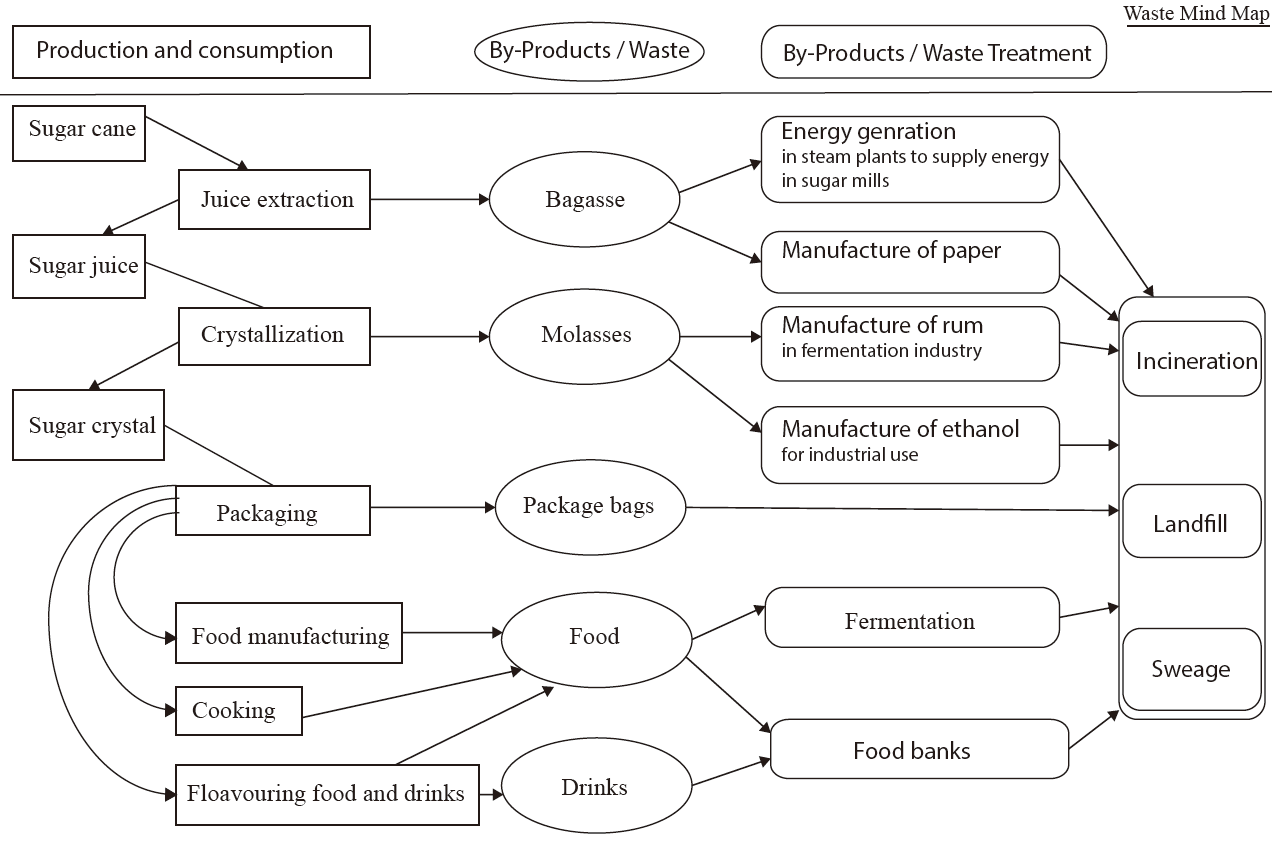Sugar is the basic ingredient for cooking. It can be easily obtained in supermarket and local stores. While white sugar is the common form, brown sugar is also widely used in many different dishes and beverages. So, what’s the story behind the ‘white gold’? How does it come to our kitchen?
According to the Hong Kong Statistics Department, more than 80% of sugar is imported from China. Australia follows constituting total imported sugar 7.77% while Mauritius is ranked third with 4.1 4%. Moreover, 2.57% of imported sugar is from South Korea whereas the remaining 2.32% are transported from other like New Zealand, America, Germany, Italy, France and Britain. In addition to some “home-harvested sugar “, a majority of it are bought from Brazil while some are from Mauritius, South Korea and Thailand.
What interesting is, China, as the biggest sugar supplier, indeed imports a lot of raw sugar from other countries like Thailand and South Korea. Then, raw sugar will be refined and packed in Guangdong before travelling to Hong Kong. With this route, the cost can be lowered as the port services fee in China is cheaper than that in Hong Kong with more reasonable labor cost of packaging compared to developed countries like Australia and South Korea. Indeed, China is not the sole case. South Korea also exports lots of refined sugar to Hong Kong and China while the she is still importing raw sugars from Australia.
Production
Sugar is grew from plants as energy storage, like sugar cane or sugar beet. After juice extraction, we can have sugar juice. The juice further undergoes filtration and crystallization until it becomes refine sugar crystals. Then, sugar crystal will be centrifuged and molasses will be separated from raw sugar. Brown sugar is made and ready for packaging. On the other hand, raw sugar will go through the process of re-melting, bleaching, crystallization, centrifuging and drying. This is how white sugar is made. Liquid sugar takes few more steps further after drying process, which are dissolution with water, filtration and pasteurization.
After sugar being produced, it will be sent to packaging factory and packed with plastic bags. The sugar must be kept with relative humidity between 55 – 65% and under 25°C.
Distribution
Sugar imported from China mainly goes through Lok Ma Chau Control Point whereas sugar imported oversea are unloaded at the Kwai Chung Port. Then, unit of sugars large are divided into smaller patch so as to transport them more easily by smaller trucks to the warehouse for storage. After that, sugars are further divided into smaller pack and transferred to the several consumption points like Parknshop, Welcome, restaurant and wet market.
Waste
Chan Shung Hin Caleb
Chan Lai Kwan
Yeung Tsz Wing

